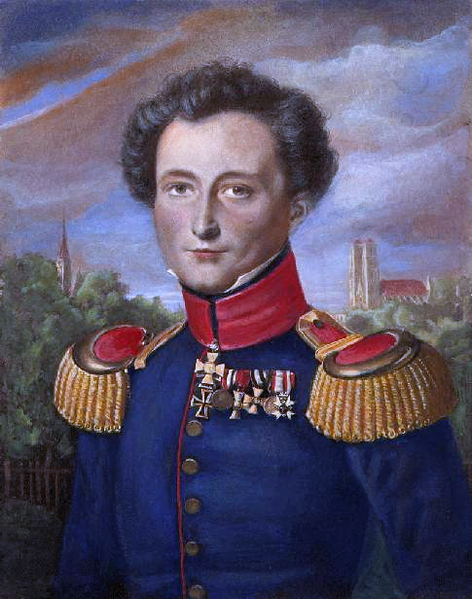Though a lengthy, difficult read, On War has nevertheless had a profound impact military thought. Perhaps most famous for introducing the notions of “fog” and “friction.” Fog refers to the uncertainty of war and the difficulty of gathering reliable information. Friction is more complex, and refers to how difficult it is to actually execute military plans—unforeseen problems inevitably pop up, and combine to thwart plans, delay movements, and turn the tide of battles.Carl von Clausewitz introduced the concepts of fog of war and friction in a military context, but I would suggest that it can be generalized to any large organization. Top executives in a business and civilian government also face uncertainty in their work and difficulties in gathering good information. So too, every business and government finds unexpected problems popping up in the implementation of policies and plans.
Beyond the Border: Fog and Friction
However the amount of fog and the degree of friction probably changes from organization to organization and from time to time. For example, when Lehman Brothers crashed in 2008, top executives in the Federal Reserve and Treasury Department faced considerable fog in the financial sector; the outlook was considerably clearer during most of the long economic expansion from 1993 to 2001. I suppose that the Chicago Board of Trade Volatility Index (VIX) is an indicator of market fog.
 |
| Source: Understanding the Chicago Board Options Exchange VIX Market Volatility Index |
Of course there are many different kinds of fog that afflict organizations, including changes in markets, in external conditions, and technological change. Large organizations may face more complex choices than small ones, but they may have more resources with which to obtain information and to control or respond to events. Multinational organizations may face different levels of fog than national organizations, and national organizations in very volatile countries more fog than those in more mature and sedate countries.
Friction
All organizations experience friction in that unforeseen problems inevitably pop up, and combine to thwart plans, delay activities, and turn the tide of the organization's success or failure. However, the amount of friction seems likely to differ from organization to organization and from time to time in the same organization. Large business organizations may have more friction than small businesses. In times of labor unrest, the friction level in an organization may go up. Friction may be a function of whether schools are in or whether the children of staff are on vacation, or how many of the staff themselves are on vacation. An organization which has been functioning well with a long term staff may encounter more friction if many of the staff retire at the same time and new staff are recruited. Currently American local governments are facing grave financial cutbacks, and friction may be increasing as staff try to do the same amount of work with fewer resources.
So What
Clearly fog and friction can be changed. Information and communications technology has helped many organizations cut through fog. Franchise chains have created and diffused organizational approaches that lubricate organizational processes and reduce friction.
There are also ways to deal with the irreducible fog and friction. Top executives, if they realize that conditions are especially foggy, can moderate their decision making correspondingly. Thus they can develop plans with stages allowing plan modification with experience and as situations clarify themselves.
Armies that have well trained junior officers and non-commissioned officers, and that provide them with understanding of objectives and the freedom to adjust tactics to achieve strategic objectives, have less military friction than do old fashion armies that invest authority in senior officers and impose compliance with top down orders by strict discipline. Similar approaches can be used in business and government organizations.
If McDonalds reduces friction by breaking down tasks into simple elements, standardizing, and training fine restaurants reduce friction by hiring expert chefs, waiters and wine stewards.
I suggest. however. that it would be useful to have quantitative indicators that could be used to measure organizational fog and organizational friction. Such indicators would allow management to monitor fog and friction and adjust plans and strategies in accord with changing patterns of these conditions.

No comments:
Post a Comment